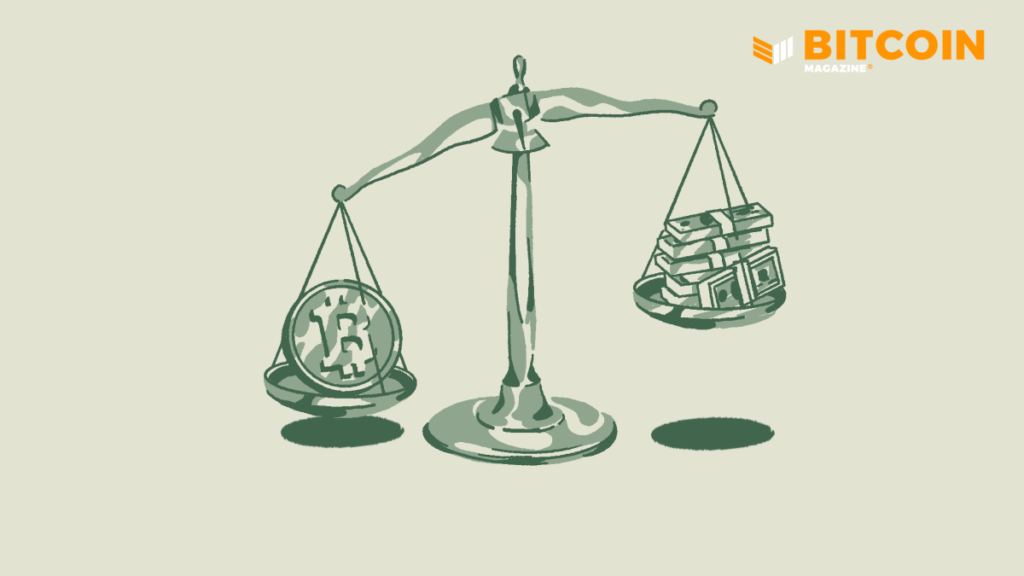Data from the Federal Reserve shows that a broad measure of the stock of dollars, known as M2, rose from $15.4 trillion at the start of 2020 to $21.18 trillion in December 2021.
Bitcoin, which is limited in supply, increases in price as market participants are looking for a good store of value to protect their money against inflation and government confiscation.
The supreme characteristics of bitcoin constantly increase the likelihood that it will continue to outcompete gold and fiat currencies via the Lindy effect, a theory that the longer some nonperishable thing survives, the more likely it is to survive in the future.
It is also worth noting this goes hand-in-hand with the property of antifragility, where something becomes more robust or stronger with each attack or time the system is under some form of stress.
For example, a real estate investor needs to be liquid in fiat to have enough cash on hand to meet financial obligations, such as property maintenance or bank liabilities.
Debt denominated in fiat that you take on today will lose value in the future while the price of bitcoin rises.
This means that those people that voluntarily choose to take on debt in an inflating currency in favor of a disinflationary and sound currency will be able to accumulate long-term oriented capital at a disproportionate rate to those who do not.
In August 2020, Saylor famously announced MicroStrategy’s first bitcoin purchase, stating that the company had converted $250 million from its cash holdings to more than 21,000 bitcoin.
MicroStrategy announced the closing of its “bond offering” of senior secured notes due 2028 with the intention of using the proceeds to buy bitcoin on June 14, 2021.
This includes any bitcoin or other digital assets acquired on or after the closing of the offering, but excluding MicroStrategy’s existing bitcoin as well as bitcoin and digital assets acquired with the proceeds from existing bitcoin.
At the time of writing, the company holds 125,051 bitcoin for which it has paid a total of $3.78 billion, with an average purchase price per bitcoin of approximately $30,200.
It is a purpose built money for the digital age — permissionless, open-source, sound and global.
From transaction processing comes the ability to exchange money, which is bitcoin the asset, the currency that represents the value of the underlying system.
Bitcoin’s volatility is more extreme as it is the first globally traded asset, but as its market cap increases, its volatility decreases.
The volatility is strong day-to-day, but over five years, no one who has held for the entire period has ever lost money, even the people that bought at market tops.
However, a bank does not necessarily want to know the purpose of a loan if the collateral that secures it has a good cash flow, for example, a property with good rental income.
In addition, a loan should only be taken out if bitcoin experiences a significant drop in price, as the risk of a further drop in bitcoin’s price is significantly reduced.
Company A could apply for an additional $2,000,000 loan with a 10-year term and 5% interest, i.e., $100,000, with the property as collateral from the bank that financed the construction of the property.
But I don’t think bitcoin will develop as quickly because it’s simply a matter of bigger sums now to see such growth, that would require a number of nation-states to adopt bitcoin as a reserve currency, which will most likely take more time to play out.
We should, therefore, cap the bitcoin price at $1,000,000 by 2030.
Assuming a bitcoin price of $38,000 from the time this article was written, Company A can buy 52.63157894 bitcoin with $2,000,000 .
No one can predict the future, but we can safely assume that the adoption of bitcoin has reached the point of no return.
Just as humanity never went back to horses after the development of cars, we will not stop using bitcoin and return to an inferior currency like the U.S.
